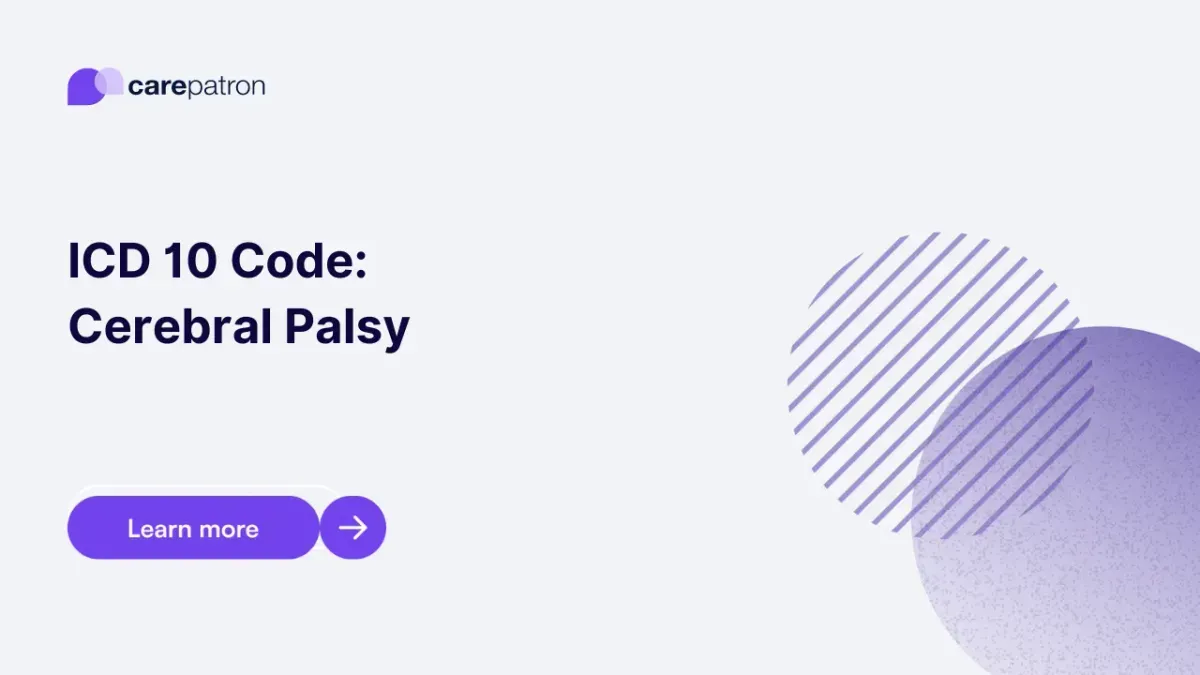
Cerebral Palsy ICD-10-CM Codes
Discover essential ICD-10 codes for Cerebral Palsy. Ensure accurate diagnosis and billing with these codes for healthcare professionals.
Use Code
Commonly asked questions
Use a Cerebral Palsy ICD code when diagnosing or documenting cases of Cerebral Palsy in medical records and billing.
Cerebral Palsy diagnoses are billable and essential for healthcare providers to receive reimbursement for their services.
Common treatments for Cerebral Palsy include physical therapy, occupational therapy, speech therapy, medications, assistive devices, and sometimes surgery, depending on the individual's needs.
EHR and practice management software
Get started for free
*No credit card required
Free
$0/usd
Unlimited clients
Telehealth
1GB of storage
Client portal text
Automated billing and online payments
